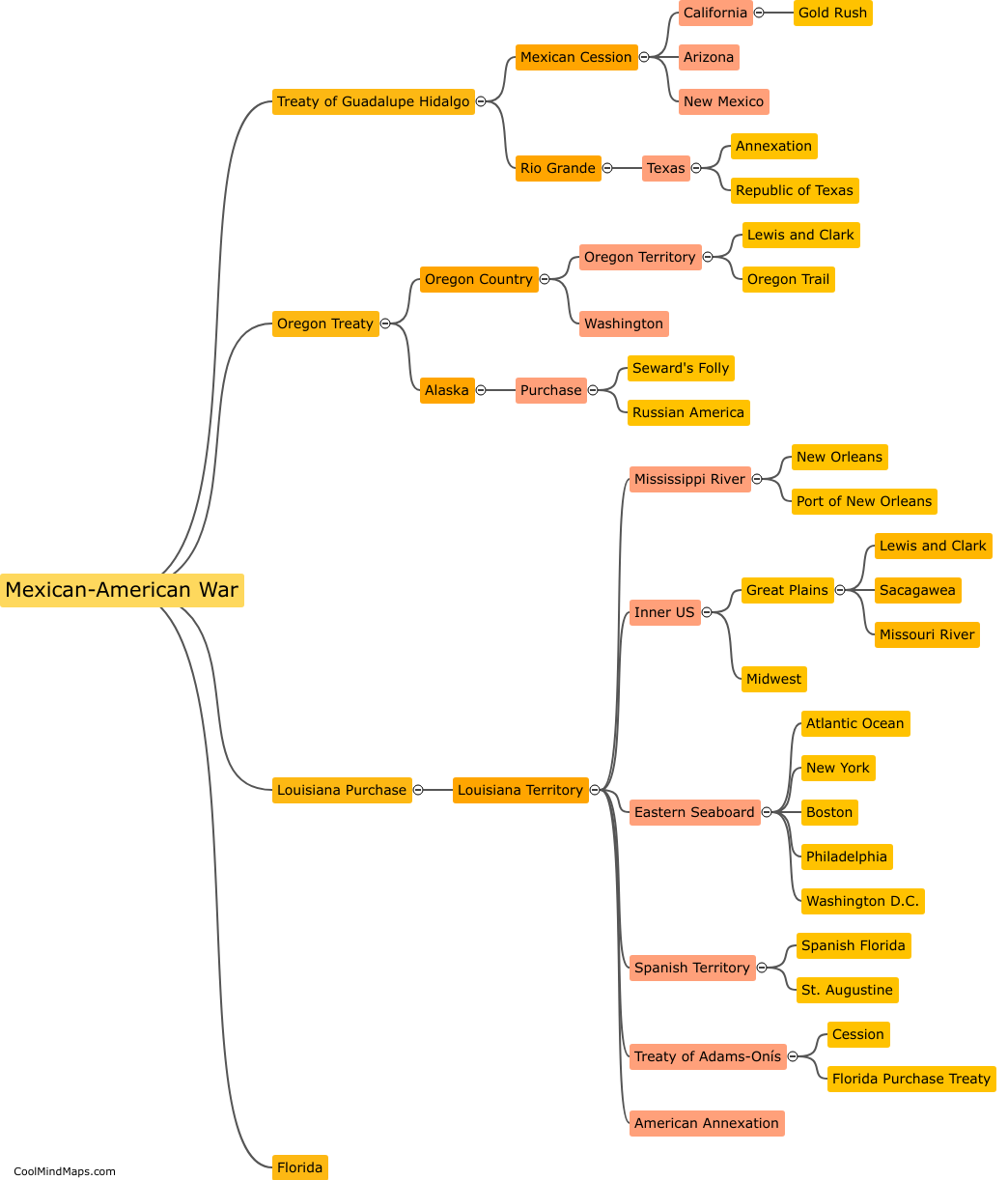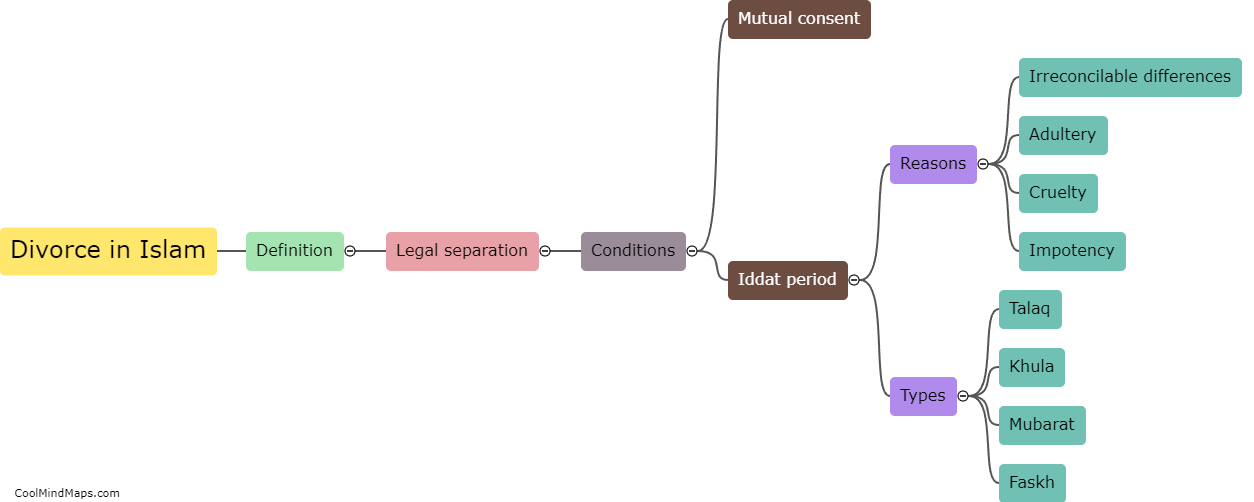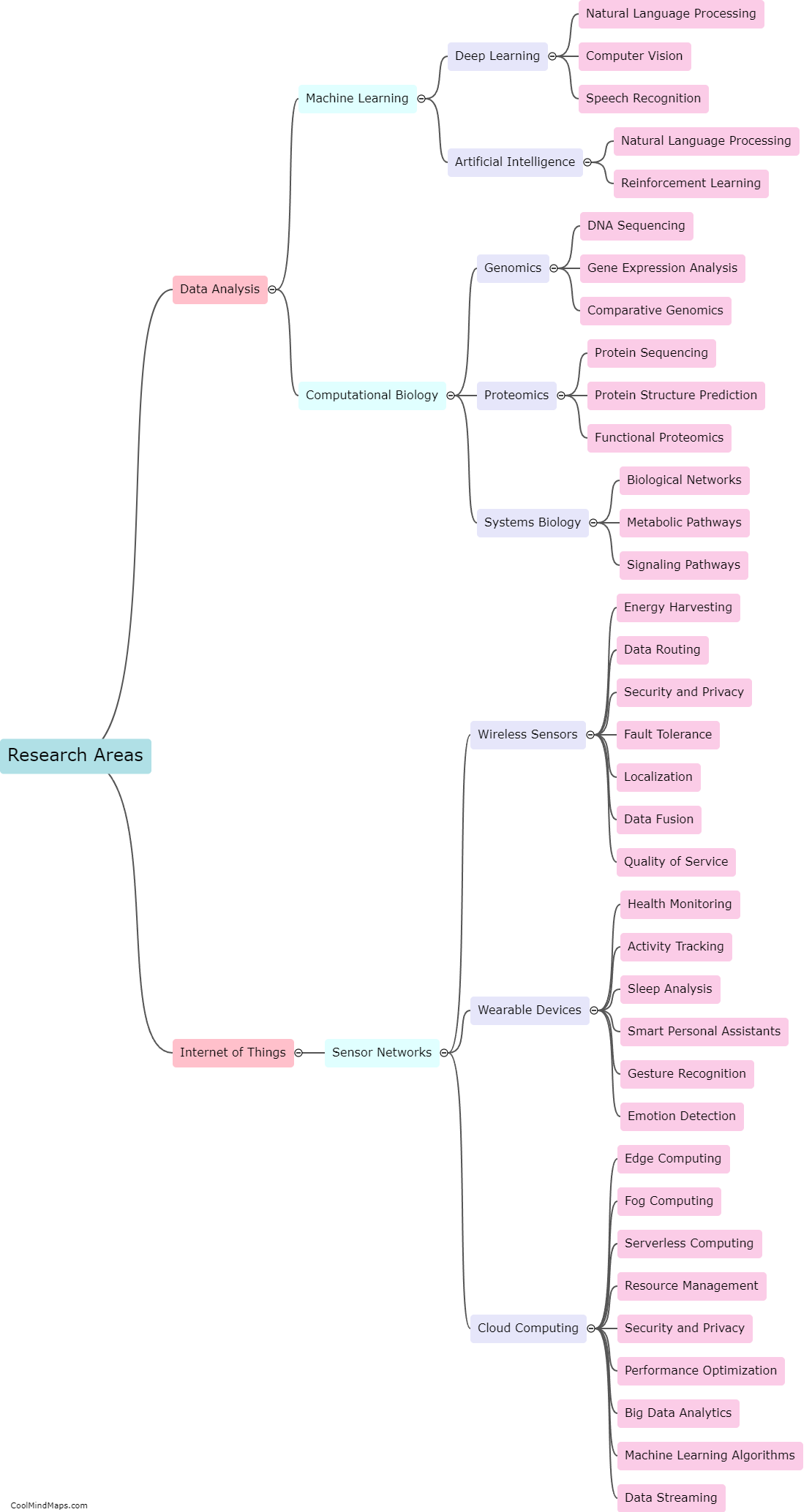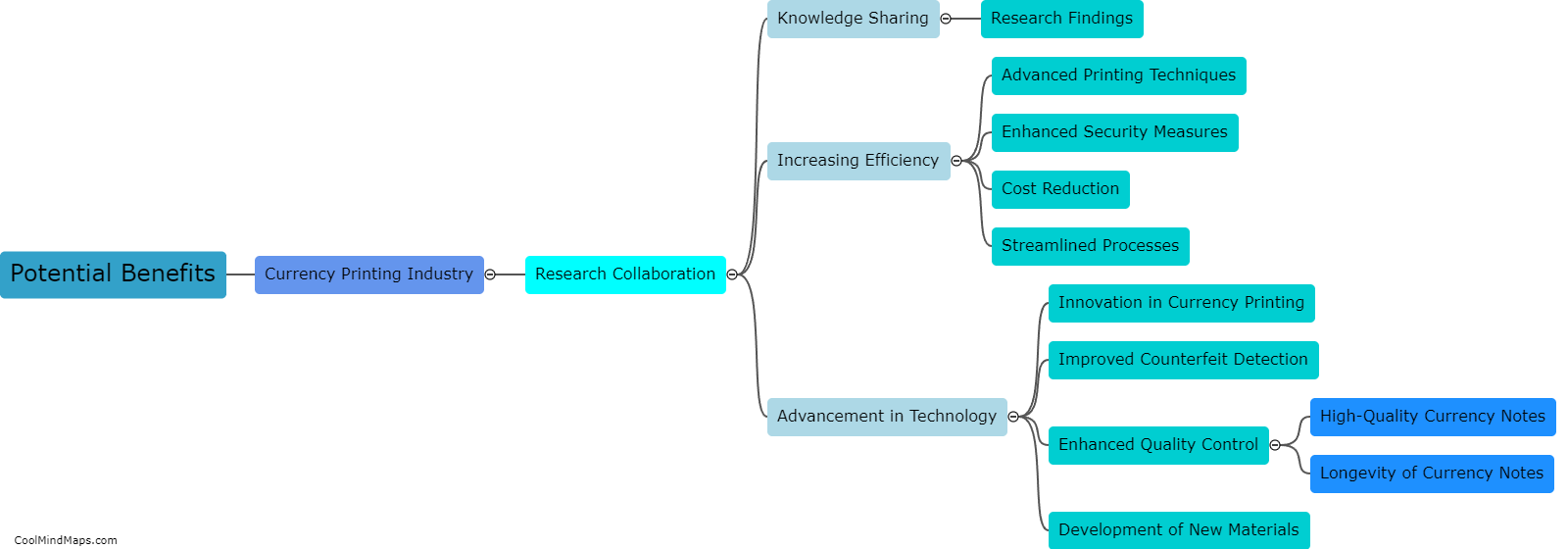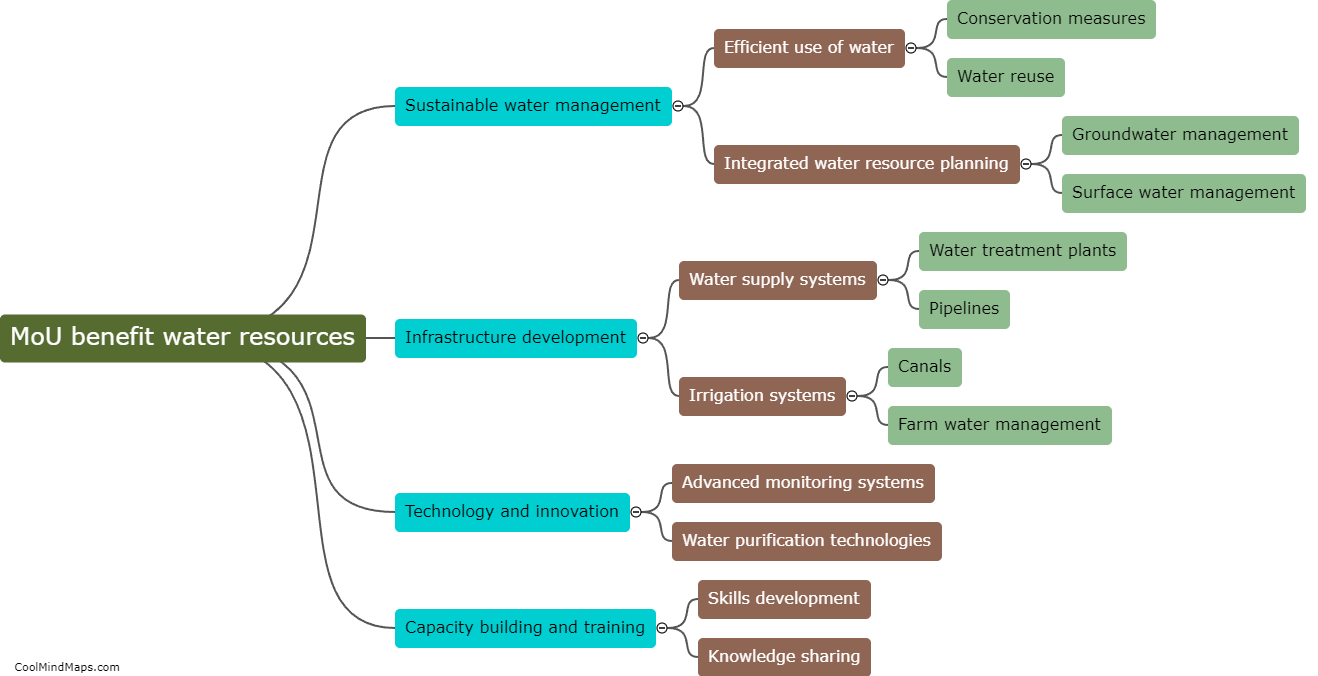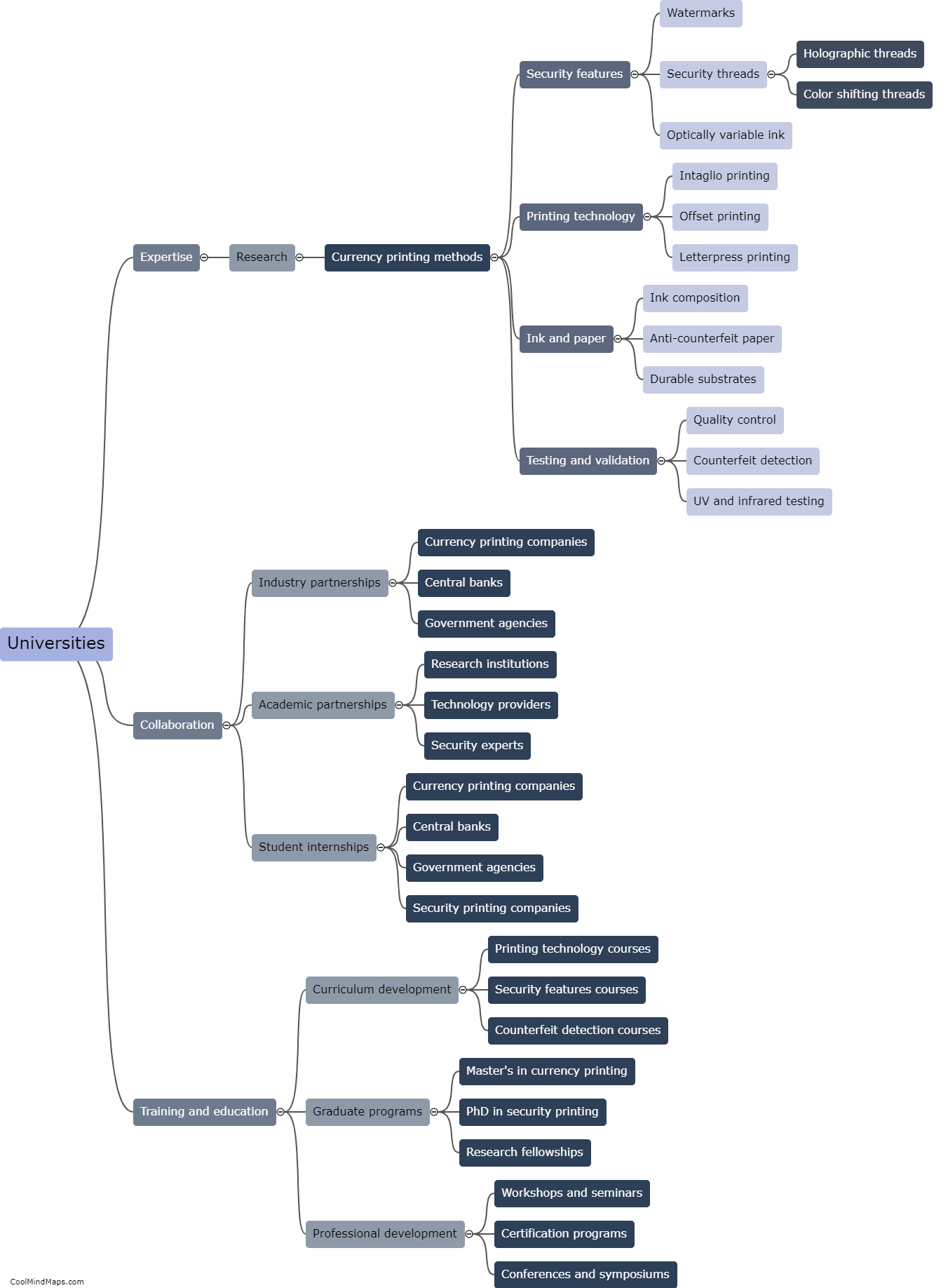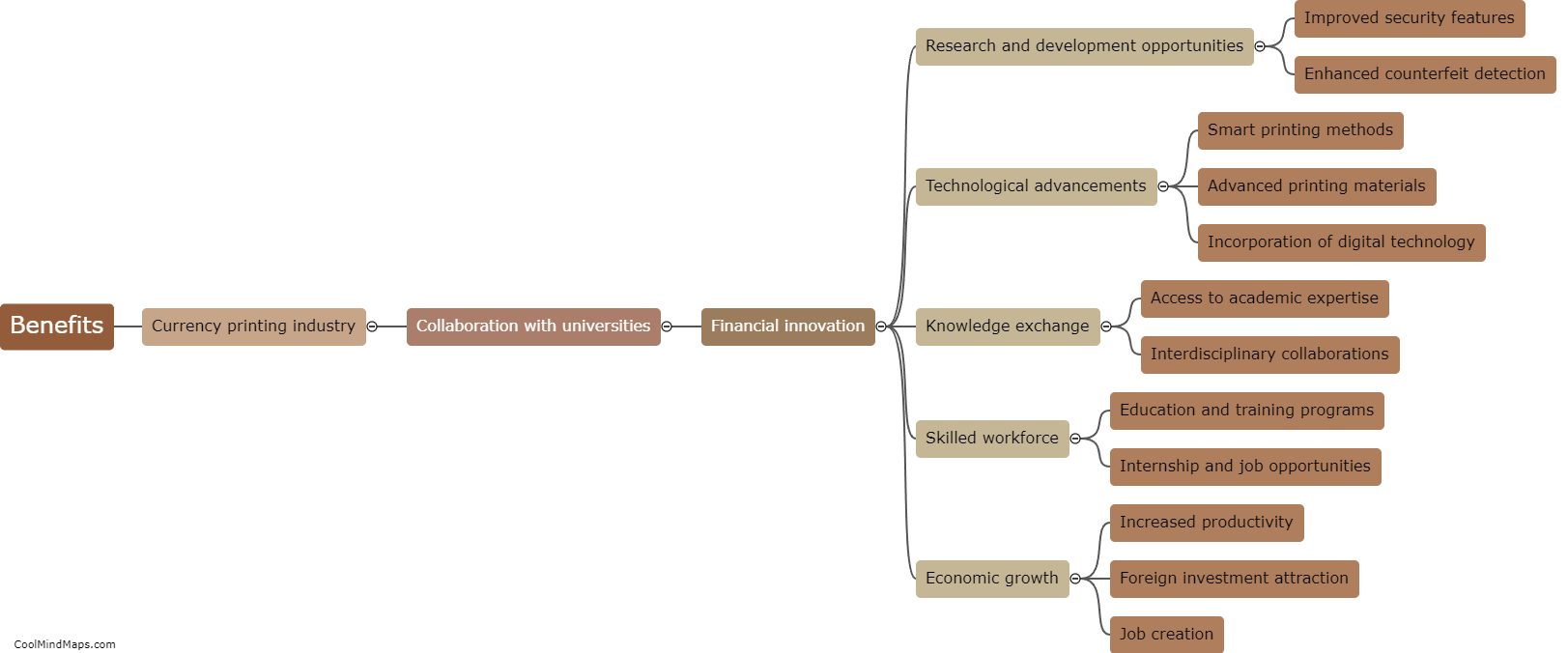What are the challenges of establishing an MoU between currency printing industry and universities?
Establishing a Memorandum of Understanding (MoU) between the currency printing industry and universities can be challenging due to several factors. Firstly, the currency printing industry operates within strict security and confidentiality protocols to prevent counterfeiting and maintain the integrity of the monetary system. Thus, finding a balance between sharing industry knowledge and protecting sensitive information becomes crucial. Secondly, the currency printing industry requires highly specialized knowledge and technology, making collaboration with universities essential. However, universities may face limited resources to meet the industry's strict requirements in terms of facilities, equipment, and expertise. Lastly, aligning the objectives and timelines of both parties may prove difficult, as the industry operates under tight production schedules, while universities emphasize research and academic pursuits. Addressing these challenges calls for effective communication, trust-building, and the establishment of clear guidelines to ensure mutual benefits and the advancement of knowledge in currency printing technology.

This mind map was published on 29 November 2023 and has been viewed 99 times.


